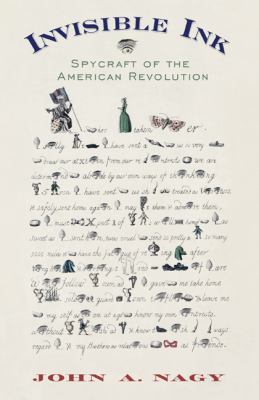
Book
|
Invisible ink : spycraft of the American Revolution
Copies
1 Total copies, 1 Copies are in,
0 Copies are out.
Title
Invisible ink : spycraft of the American Revolution
Call No
E279
Edition
First Westholme paperback.
Authors
Subjects
Spies--United States--History--18th century.
Spies--Great Britain--History--18th century.
Espionage--United States--History--18th century.
Espionage--Great Britain--History--18th century.
United States--History--Revolution, 1775-1783--Secret service.
United States--History--Revolution, 1775-1783--Cryptography.
United States--History--Revolution, 1775-1783--Military intelligence.
Spies--Great Britain--History--18th century.
Espionage--United States--History--18th century.
Espionage--Great Britain--History--18th century.
United States--History--Revolution, 1775-1783--Secret service.
United States--History--Revolution, 1775-1783--Cryptography.
United States--History--Revolution, 1775-1783--Military intelligence.
Language
English
Published
Yardley, Pa. : Westholme, [2011].
Publication Desc
xvi, 381 pages : illustrations, maps ;
ISBN
1594161410 (paperback)
Dimensions
24 cm.








